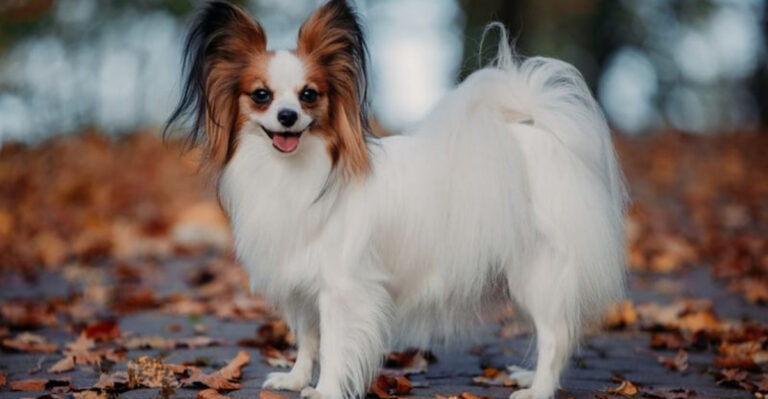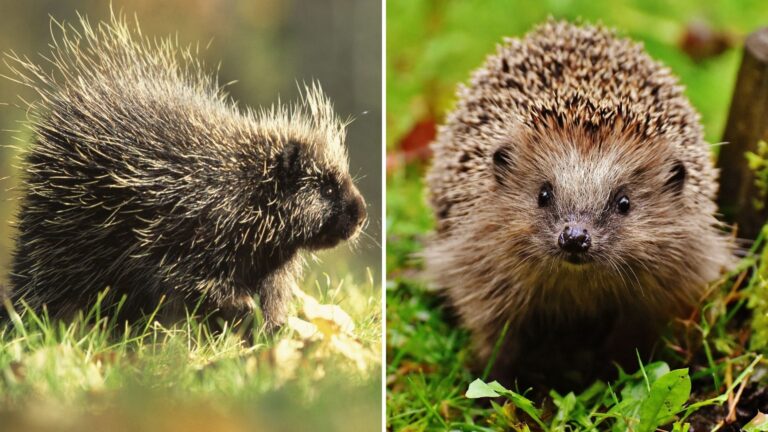14 Tiniest Mammals On Earth That You Won’t Believe Are Real
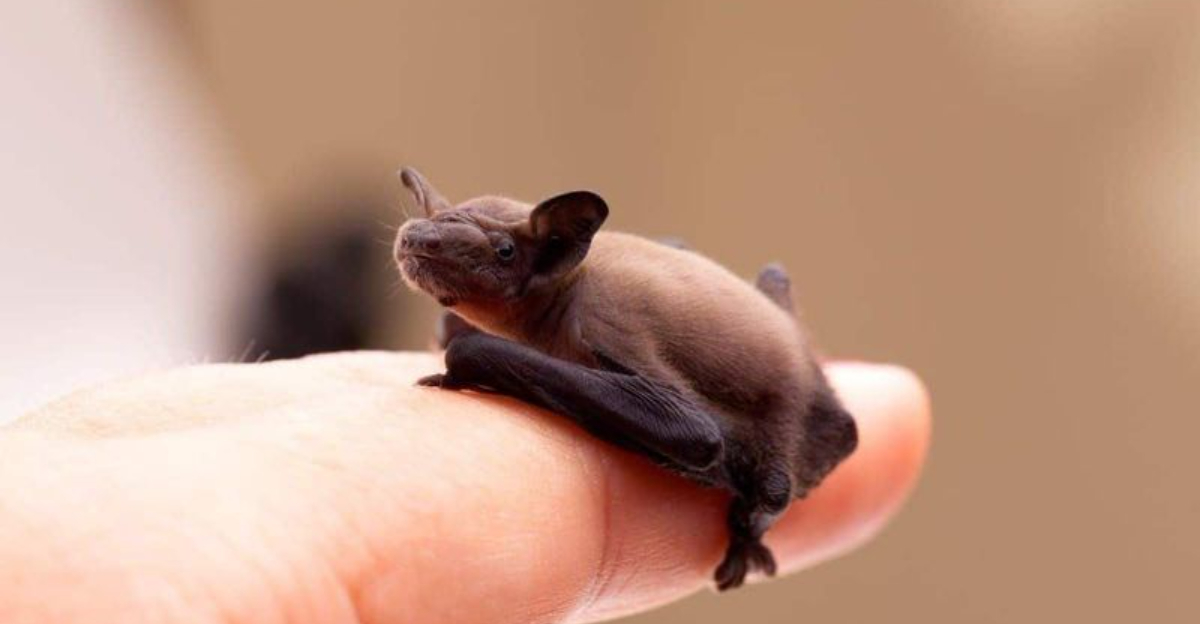
The animal kingdom is full of surprises, especially when it comes to pint-sized creatures. While elephants and giraffes get plenty of attention, there’s a whole world of incredibly tiny mammals that often go unnoticed.
From mouse-sized deer to palm-sized monkeys, these miniature marvels prove that sometimes the most extraordinary animals come in the smallest packages.
1. Baluchistan Pygmy Jerboa: The Hopping Cotton Ball

Imagine a cotton ball with legs bouncing across the desert! At just 2 inches long, this tiny rodent has kangaroo-like back legs that help it leap 10 times its body length.
Native to Pakistan and Afghanistan, these nocturnal creatures have tails longer than their bodies. They’re so elusive that scientists still know very little about their behavior in the wild.
2. Etruscan Shrew: Lightning-Fast Heartbeats
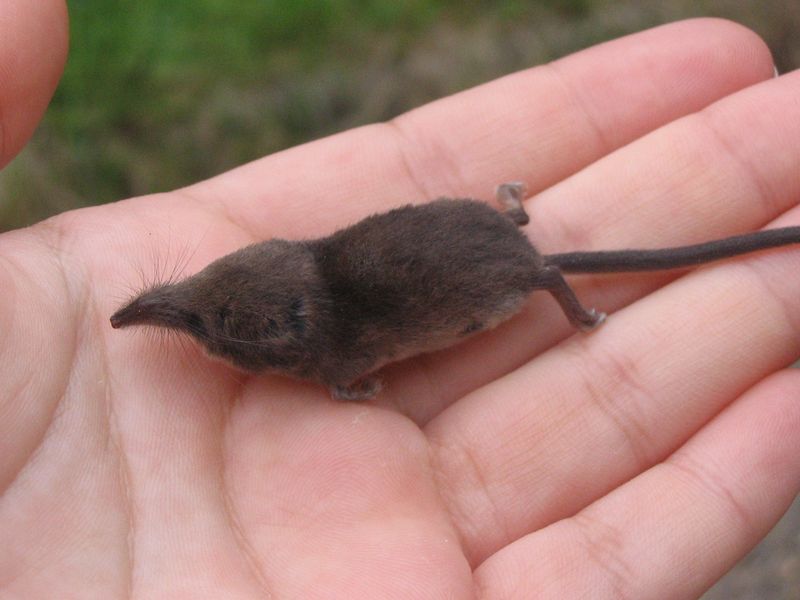
Weighing less than a penny, this minuscule hunter must eat twice its body weight daily just to survive. Its heart races at an astonishing 1,200 beats per minute – that’s 20 beats every second!
Despite their tiny size, these fierce predators can take down prey larger than themselves. Their metabolism runs so fast that they can starve to death after just a few hours without food.
3. Kitti’s Hog-Nosed Bat: The Bumblebee Bat
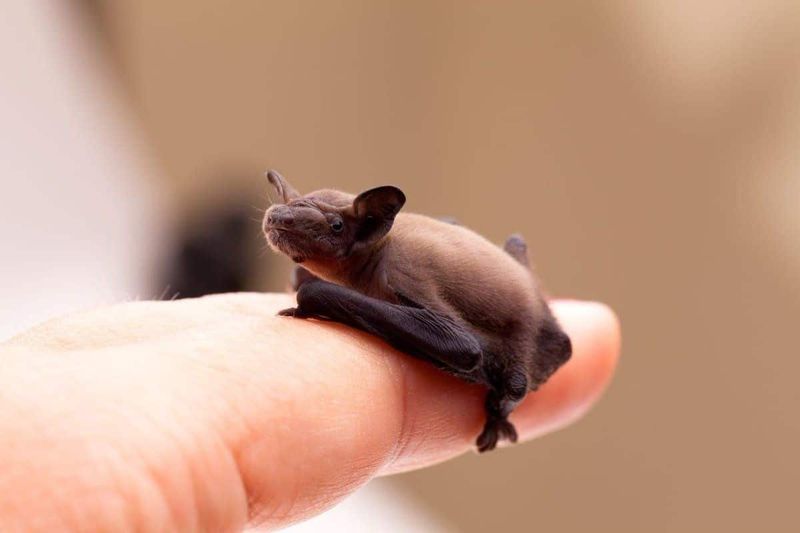
Smaller than your thumb, these flying mammals weigh less than a penny! Often called bumblebee bats, they’re so tiny they can easily be mistaken for insects when fluttering through Thailand’s caves.
Their pig-like snouts gave them their scientific name. Critically endangered, fewer than 5,000 remain in the wild, making each of these miniature marvels precious to our planet’s biodiversity.
4. Pygmy Marmoset: Pocket-Sized Primates
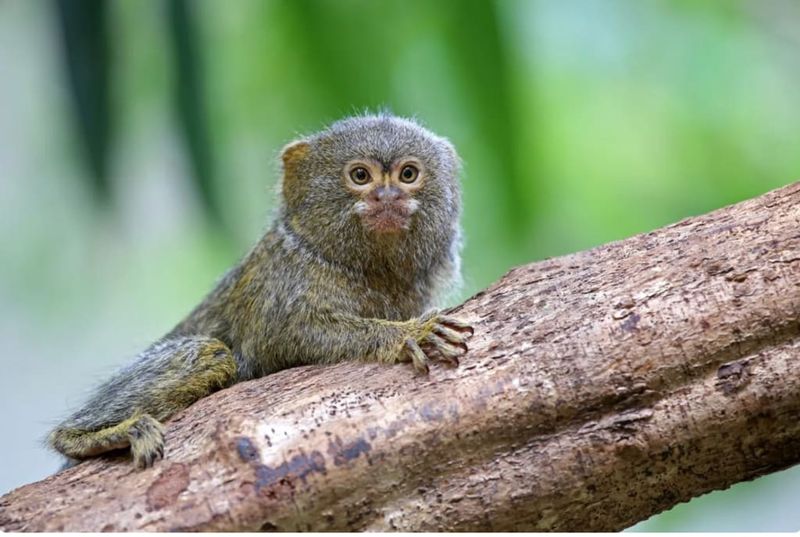
Smaller than a cell phone, these mini monkeys could fit in your palm! Their bodies are just 5 inches long, with tails that add another 8 inches for balance as they dart through Amazon rainforest branches.
These social creatures communicate through high-pitched whistles humans can barely hear. They’re expert tree-tappers too, drilling holes in bark with their teeth to harvest the nutritious sap inside.
5. African Pygmy Mouse: The Coin-Sized Rodent
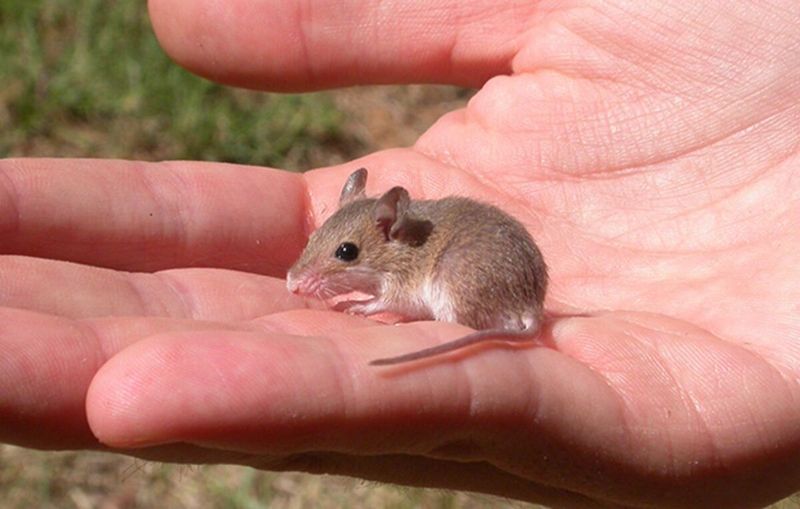
Barely bigger than a quarter, these minuscule mice build intricate grass nests in African savannas. Their bodies measure just 2-3 inches, including their tails!
Unlike their house mouse cousins, these tiny creatures are surprisingly social. They form complex family groups and communicate through ultrasonic squeaks. Despite their diminutive size, they can live up to 3 years in captivity.
6. Pygmy Rabbit: Pint-Sized Burrowers

Half the size of your average bunny, these palm-sized furballs weigh less than a pound. A specialized diet of bitter sagebrush sets them apart from most animals. Unlike other rabbits, these miniature diggers create their own burrows rather than using abandoned ones.
Some populations are now so isolated that they’re critically endangered, with conservation efforts racing to save them.
7. Pygmy Jerboa: Desert-Dwelling Bouncer
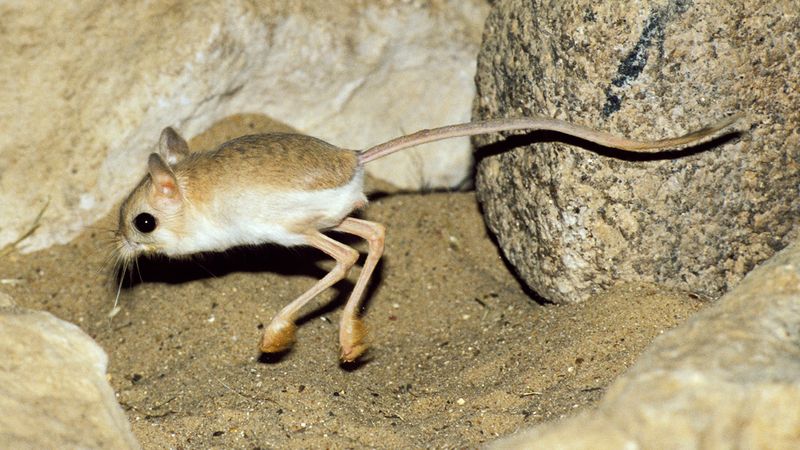
Picture a ping-pong ball with a tail and you’ve got this adorable desert dweller! Standing upright on kangaroo-like hind legs, these tiny rodents never need to drink water – they get all moisture from seeds and plants.
Their enormous ears serve as natural air conditioners in scorching deserts. When danger approaches, they can zoom away at speeds that make them nearly invisible blurs against the sand.
8. Pygmy Possum: Hibernating Honey Lovers
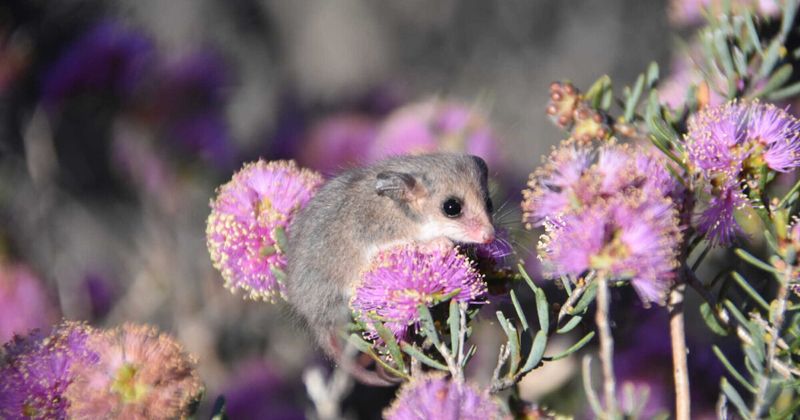
Curling up smaller than a golf ball when sleeping, these Australian marsupials have an unexpected sweet tooth! They’re specialized nectar feeders with brush-tipped tongues perfect for slurping flower nectar.
During cold months, they enter torpor – a deep hibernation where their body temperature drops dramatically. Some species can even become completely frozen and survive! Their prehensile tails work like fifth limbs for gripping branches.
9. Royal Antelope: Miniature Hoofed Wonder
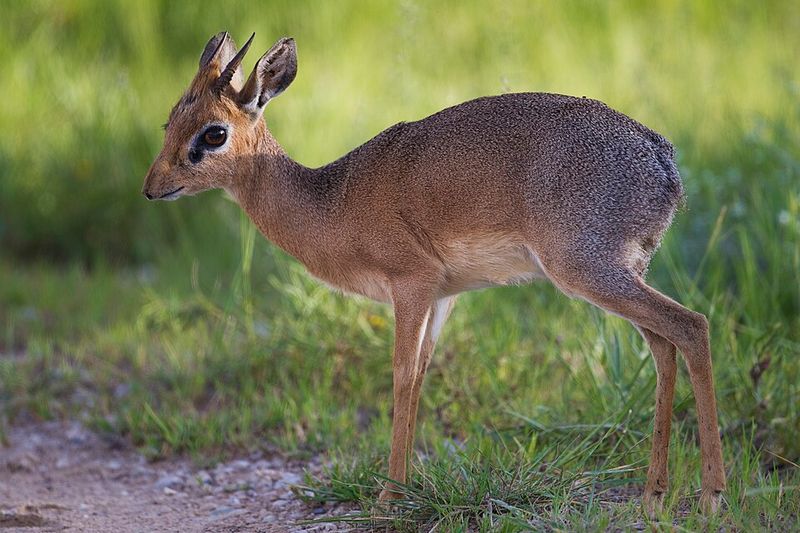
Standing just 10 inches tall at the shoulder, you could easily mistake this fully-grown antelope for a rabbit! Found in West African forests, it’s the smallest hoofed animal on Earth.
These shy creatures move through dense undergrowth with incredible agility. When startled, they can leap up to 8 feet in a single bound – that’s like a human jumping over a two-story building!
10. Least Weasel: Tiny But Mighty Predator
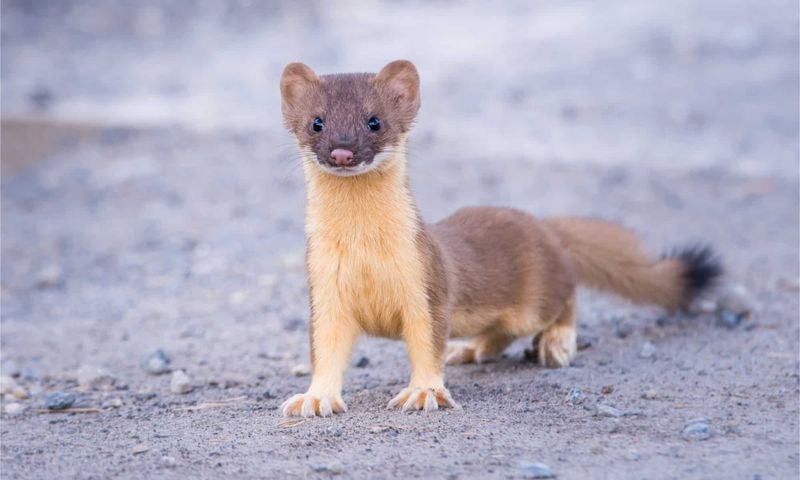
Don’t let the cute face fool you – this pint-sized predator is one of nature’s most efficient hunters. Weighing just a few ounces, it can take down rabbits ten times its size.
A slender body allows it to slip through holes no bigger than a wedding ring. In colder regions, it turns completely white in winter, except for the signature black-tipped tail.
11. Pen-Tailed Treeshrew: The Booze-Loving Forager
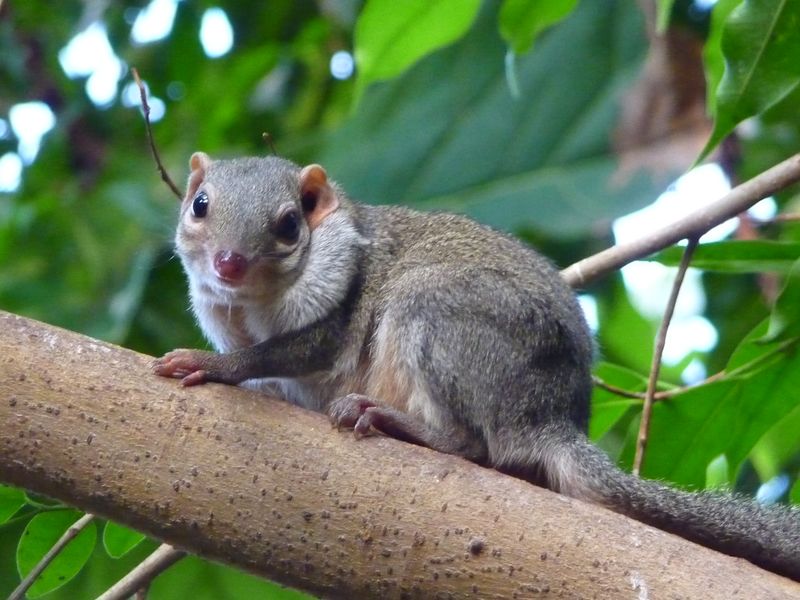
Despite its name, this tiny creature isn’t a shrew at all – it’s more closely related to primates. Weighing just over an ounce, it spends nights sipping fermented nectar with a higher alcohol content than beer.
Found in Southeast Asia, it shows no signs of intoxication despite its nightly drinking habit. A special liver enzyme helps it break down alcohol faster than most mammals.
12. Mouse Lemur: Nighttime Eyes In The Trees
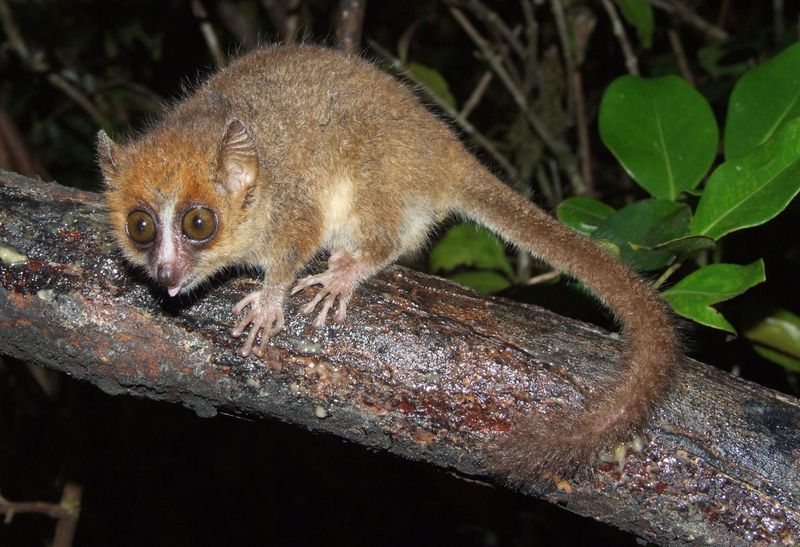
Native to Madagascar, these wide-eyed primates weigh only 1–3 ounces and fit in the palm of your hand. They’re the smallest primates in the world – and among the most agile.
With huge eyes adapted for nocturnal vision, they leap effortlessly between branches. Scientists believe they hold clues to human aging due to their short lifespan and rapid metabolism.
13. Pygmy Hippopotamus: Bathtub-Sized Behemoths
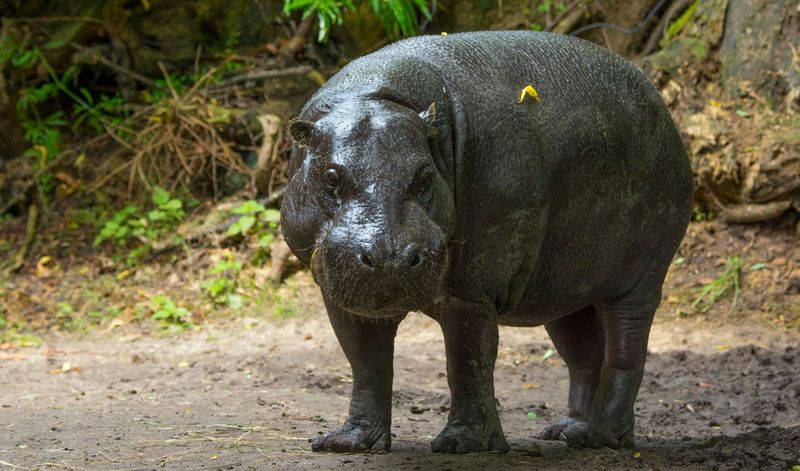
While not exactly tiny by human standards, these rare hippos are like fun-sized versions of their massive cousins! Standing just 30 inches tall, they’re more like large dogs than river horses.
Unlike common hippos that live in large groups, these solitary forest-dwellers prefer solo adventures through West African swamps. Their skin produces a natural pinkish “sweat” that acts as both sunscreen and antibiotic!
14. American Shrew Mole: Underground Speedster
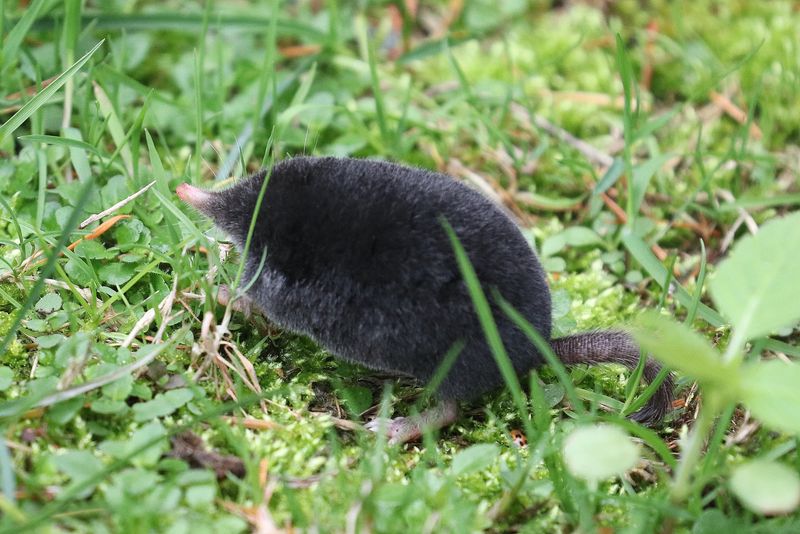
Feeling like velvet to the touch, these palm-sized diggers can tunnel through soil faster than you can dig with a shovel. Specialized front paws act like living excavators, perfect for hunting earthworms.
Unlike most moles, they occasionally venture above ground. Tiny but functional eyes and vertically growing fur help them navigate tight tunnels in both directions.

